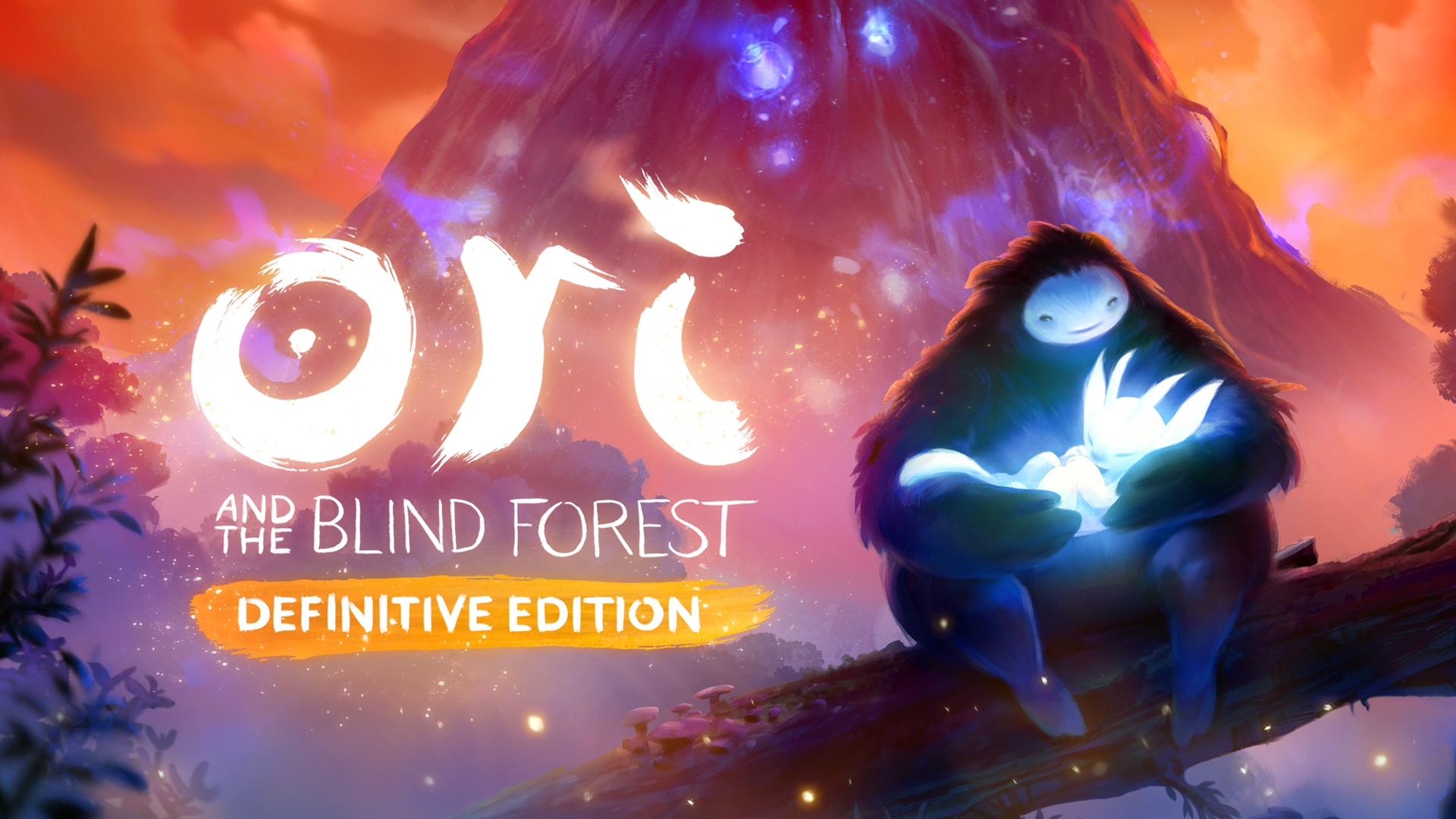Ori and the Blind Forest: Definitive Edition
Ori Is The Result Of Microsoft and Nintendo’s Friendship
When Ori and the Blind Forest was released on Xbox and PC in 2015, the game helped usher in an “indie-game renaissance,” giving motivation and hope that a smaller developer studio could create groundbreaking works of art that were on par and in some cases better than larger developer studios. Moon Studios was a small team of developers that worked on the game “virtually,” with talent working remotely all over the world. This helped bring the many ideas that would make Ori a gaming marvel.
Backing the project was Microsoft, who attained publishing and distribution rights once they saw what kind of game Ori and the Blind Forest was, meaning that Xbox One and PC players were treated to one of the best underdog titles to come from 2015. It also meant that a vast majority of players who did not own either a PC or Xbox were excluded until Nintendo’s deal with Xbox came into fruition.
Ori and the Blind Forest Is Artistry In Motion
Nintendo and Microsoft formed a partnership, allowing their IPs to be included in each other’s properties, which was the reasoning behind Banjo and Kazooie’s appearance as guest characters for Smash, despite both being owned by Microsoft. In exchange, Cuphead was released on the Switch as a timed exclusive, with Ori and the Blind Forest being included in that deal as a Switch exclusive released in 2020.
Ori and the Blind Forest draws inspiration from other 2D platforming titles such as Rayman and Metroid, where the player controls Ori, a resurrected spirit tasked to save the world with the help of their spirit friend Sein. While Ori is the silent protagonist, Sein themselves does most of the talking as well as attacking, leaving the platforming and interactions to Ori. The gameplay is artistic with its gameplay as well as art direction, giving newer players difficulty in discerning what’s a cutscene and what is the actual gameplay. The music sets the tone of the game very well, using the art style and actions of characters to tell the story despite spoken dialogue between Sein and other characters.
Ori and the Blind Forest Rewards Patience And Pacing
The gameplay heavily involves its platforming mechanic, meaning Ori can jump greater heights in correlation to how long or short the jump button is pressed. This can prove a problem early on when combined with Ori’s floatiness, meaning that while jumps are precise, the nature of Ori’s jumps means that players will second guess themselves more often than not. This also leads to a lot of trial and error, as hazards surrounding Ori will kill them if players aren’t careful where they land.
Fortunately, the game gives players infinite lives, merely placing the player back towards a recent checkpoint should the player die. Unfortunately, these checkpoints are few and far in-between as each checkpoint is manually activated by the player themselves through the usage of soul gems. These crystals, when activated, not only save a player’s progress but also acts as a checkpoint for if the player dies, they will get sent back to the most recent crystal. These crystals are also the only location where Ori can upgrade his abilities with his skill points.
Ori Has Its Flaws Even If It’s Near-Perfect
Players cannot abuse this tactic as the cooldown for placing a soul crystal is a long and steep one, meaning that it’s best used for tough platforming sections where death can set a player back quite a huge distance. For those who play on emulators, think of these as “save states” except for a limited quantity. Over time, Ori will have access to more of these crystals, allowing more frequency in saving.
Like the games inspired by Ori, there’s a reward for exploring and going off the beaten paths. Some paths are hidden behind pathways that may seem inaccessible, rewarding curious players with beneficial items. Other times, players will need to backtrack and are given the ability to warp around the map with the usage of portals. As Ori gets stronger, new abilities will unlock, allowing them to traverse terrain that was once inaccessible.
Ori and the Blind Forest Is The Beginning Of Beautiful Things To Come
Overall, Ori and the Blind Forest plays very well on the Switch, running at a solid framerate with its simple yet rich art direction popping out well on the Nintendo Switch. As this game is routinely on sale, with the Steam version locked at $5, players who were always curious about this title should play it at least once.
The success of Ori and the Blind Forest plus Microsoft’s blessing was more than enough to garner interest in a sequel, a sequel that would continue the Ori legacy right where its previous game left off.
Ori and the Blind Forest is now available on PC, Xbox One, and Switch.

